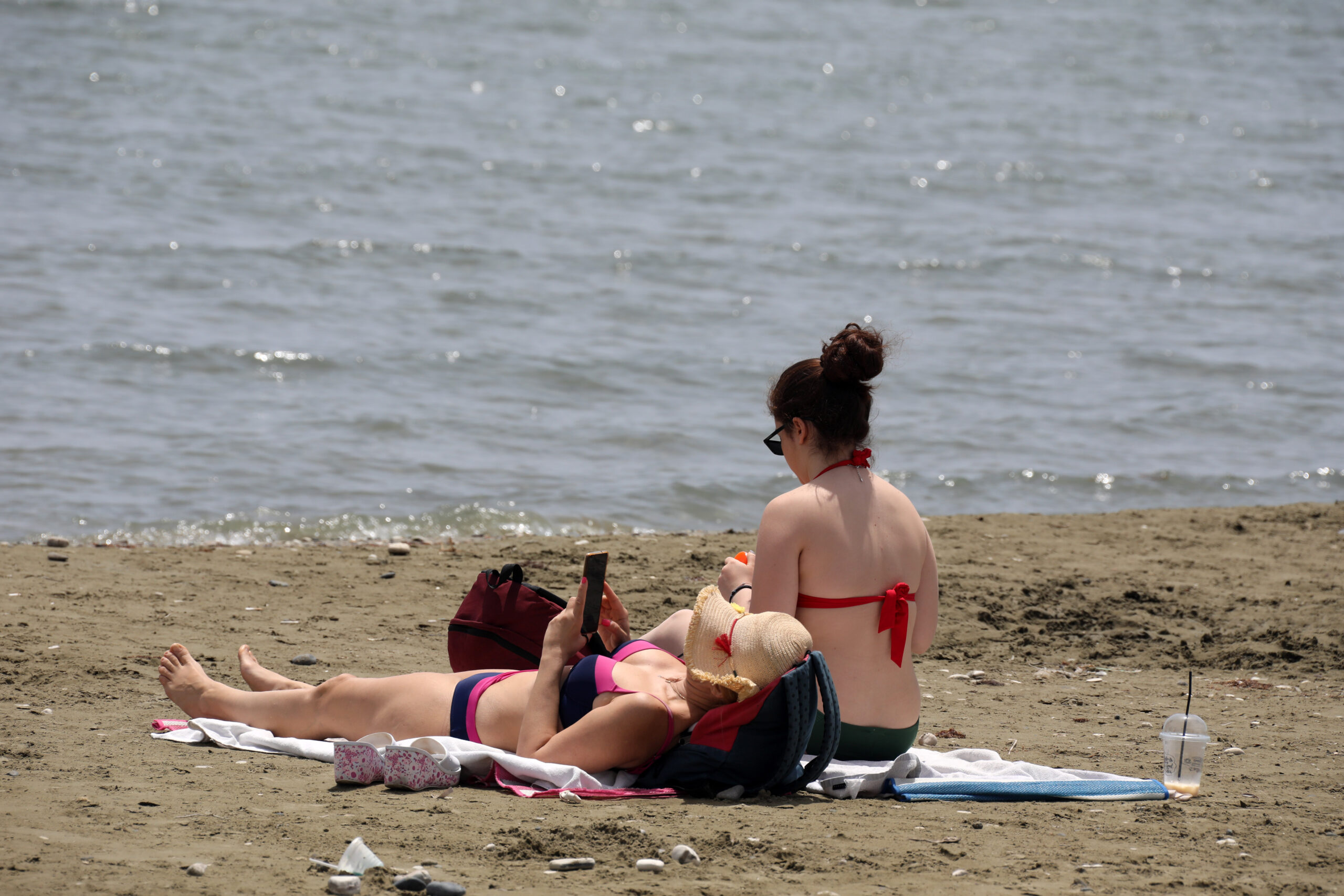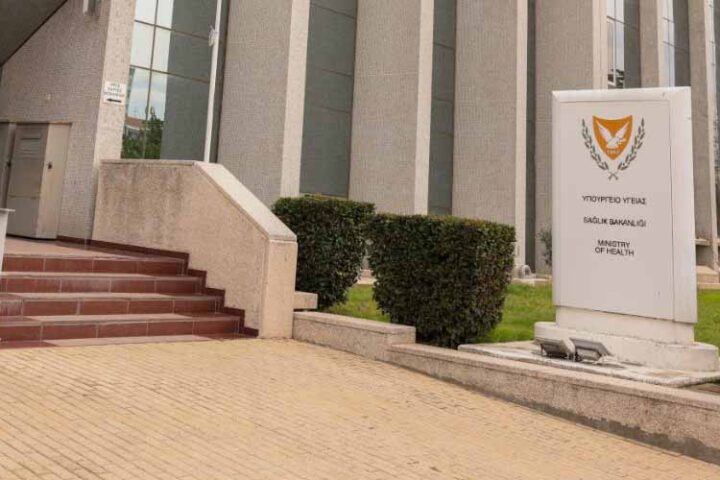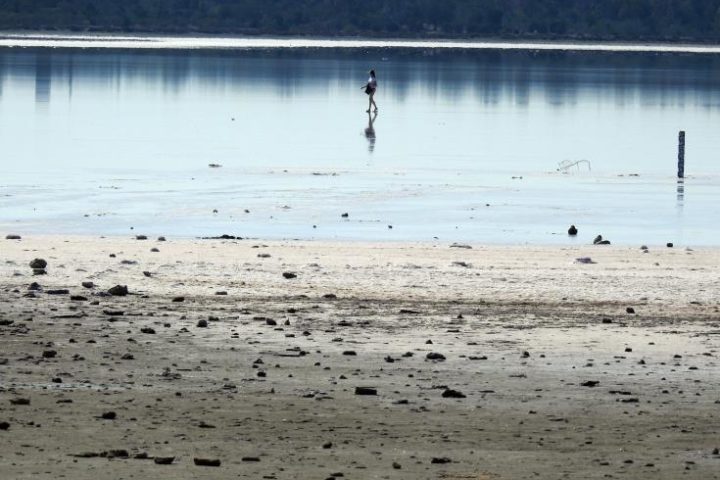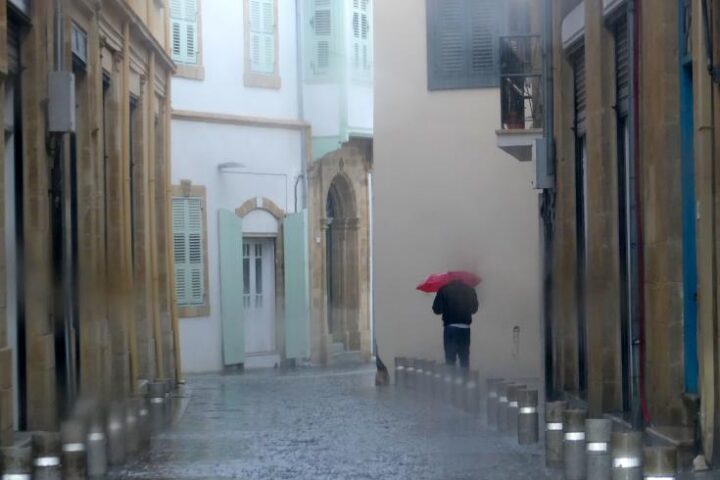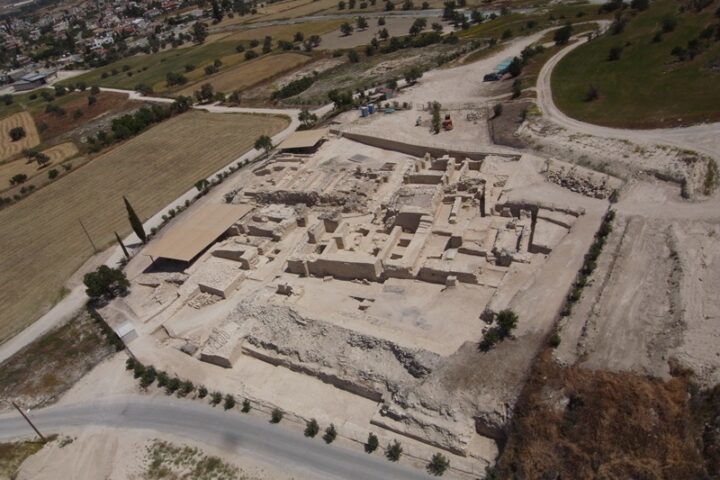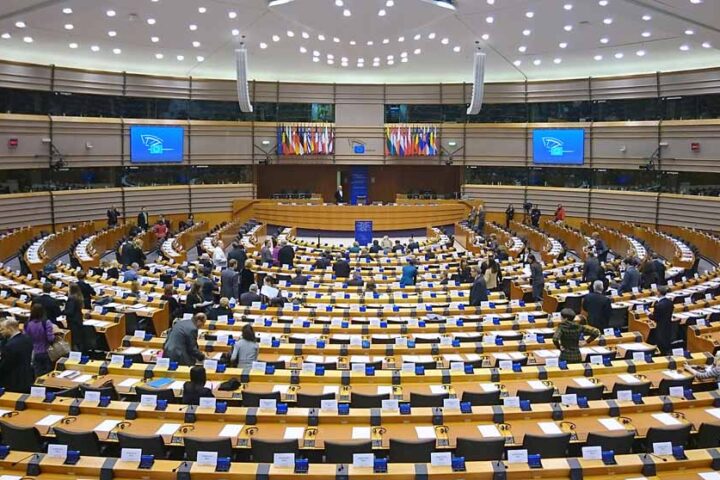Following a mini-heatwave, pushing temperatures to nearly 40 degrees Celsius over the weekend, Cyprus will return to cooler average climes for autumn.
Cypriots got an unexpected opportunity to spend more time at the beach in scorching weather, as temperatures rose 9°C above the seasonal average of 31°C for October.
Last week, the Met Office issued a yellow warning for extreme heat at the weekend, with officials calling it a highly unusual phenomenon on Monday.
In comments to Phileleftheros daily, met officer Panayiotis Mouskos said he could not recall the last time the island recorded temperatures of 39°C in early October.
“This is clearly not normal.
“Temperatures last week were well above the average for the season, hitting 40°C inland over the weekend,” said Mouskos.
He attributed the short heatwave to circumstantial causes. First, the island was affected by a warm air mass, a continuous flow from the southwest and high-pressure systems that resulted in higher temperatures in the broader region.
The high-pressure system affecting the region over the weekend has now subsided, with temperatures slowly returning to normal over the coming days.
The met official said that the island would be affected by an unstable weather system, possibly leading to isolated light showers.
“In the next few days, the weather will be more fitting to the season, with autumn rains on the menu”.
On Monday, maximum temperatures will rise to 35°C inland, 30-33°C on the coast and 25°C in the mountains.
Night temperatures will drop to 19°C inland and 22°C on the coast, while it will be cooler on higher ground at 15°C.
Temperatures on Tuesday are expected to be slightly lower than Monday, further dropping on Wednesday and Thursday to below the season’s average of 31°C.
Light showers are expected mid-week, clearing up dust in the atmosphere since Sunday.
High dust concentrations are observed in all towns, with measurements from ground stations of the Air Quality Monitoring Network showing Nicosia to be worst off, with readings at 88.6 micrograms per cubic meter, nearly two times the ‘safe’ marker of 50 μg/m3.

